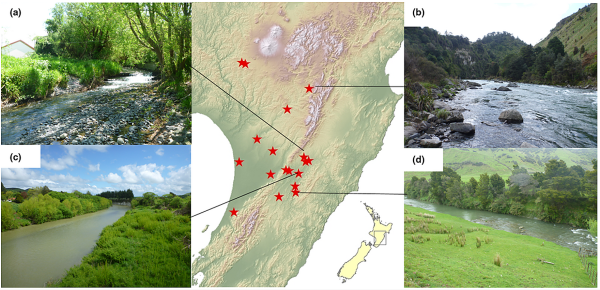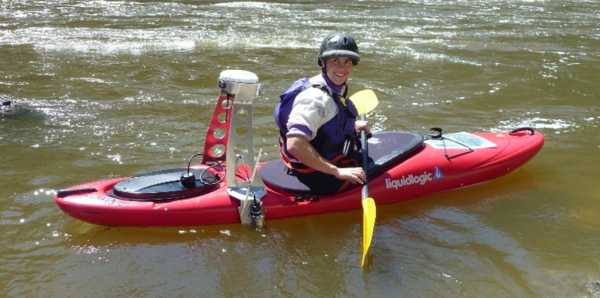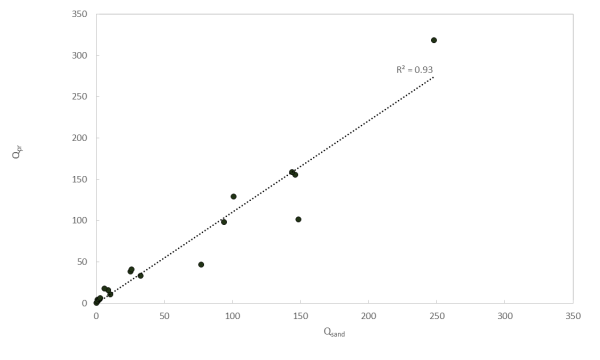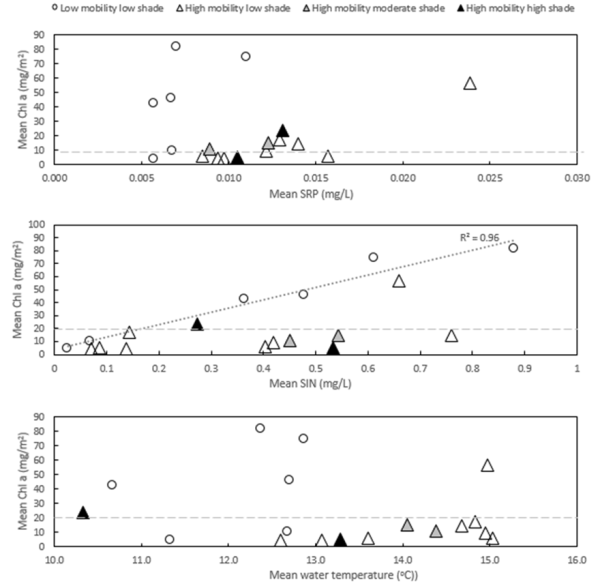This research project investigated whether the mechanisms for periphyton removal in rivers relate more directly to hydraulic and geomorphic conditions than flow metrics.
The issue
Periphyton (benthic algae) is an essential component of healthy river and stream ecosystems but in high abundance can have negative effects on habitat, water quality, instream biodiversity, and recreational and aesthetic values. Managing these effects relies on predicting the combined effects of changes in flow regime and nutrient supply on periphyton biomass. However, reliable predictions across a range of rivers have proven elusive. One possible contributing reason is that the mechanisms for periphyton removal, such as drag (sloughing), abrasion and molar action (where periphyton is scraped off tumbling bed material) relate more directly to hydraulic and geomorphic conditions.
The solution
We explored the role hydraulic and geomorphic conditions play in periphyton removal in 18 gravel- to boulder-bed river reaches in the Manawatu-Wanganui region. The study sites covered a range of typical periphyton abundance, flow, nutrient concentration and geomorphic characteristics.
A five-year dataset (2009-2013) of monthly periphyton biomass (as chlorophyll a) and nutrient (soluble inorganic nitrogen, SIN, soluble reactive phosphorus, SRP) concentrations together with flow records (median flow Q50 and peak flow) was available for use from Horizons Regional Council. At each site, we surveyed cross sections and a long profile, using a ‘survey kayak’ to capture the bathymetry of deep sites, and collected sediment grain size data (D50, D90).
We then used a 1-D hydraulic model called GRATE to establish the flows required to mobilise different sizes of sediment at each site. These flows were then compared with the flows found to typically reduce periphyton to low levels, thereby establishing the key mechanism of periphyton removal (drag, abrasion, or molar action) at each site.
The results
Our results demonstrated that:
- Abrasion by movement of finer fractions of the bed material (2–16 mm) was the dominant physical mechanism removing periphyton to low levels (<10 mg/m2) at the majority of sites,
- How often fine bed material was mobile was the dominant control on periphyton abundance, and
- Growth-promoting variables, such as nutrient concentrations, tended to only become important to periphyton abundance when the frequency of sediment movement was low.
Conclusions
Geomorphic differences between rivers can have an important influence on periphyton abundance and help explain why a single flow metric may be a poor predictor of periphyton abundance across different rivers. Prediction of periphyton disturbance or removal flows can be improved by using flow metrics that relate to sediment mobility. Our analysis suggests that by partitioning sites based on the frequency of mobility of the finer fractions of sediment (either sand or the median grain size, D50), we can assist resource managers to predict sites with the potential to develop nuisance levels of periphyton. Further work is needed to predict periphyton abundance at any point in time at a given site.
Further information
Full study published by Hoyle J, Kilroy C, Hicks M and Brown L. 2016. The influence of sediment mobility and channel geomorphology on periphyton abundance. Freshwater Biology, doi: 10.1111/fwb.12865
A summary poster of the study was also presented at the Gravel Bed Rivers 8 (GBR8) conference in 2015. Download:





